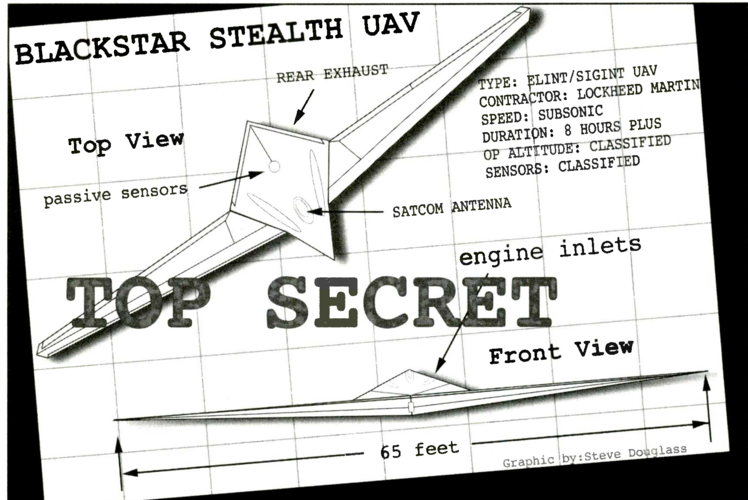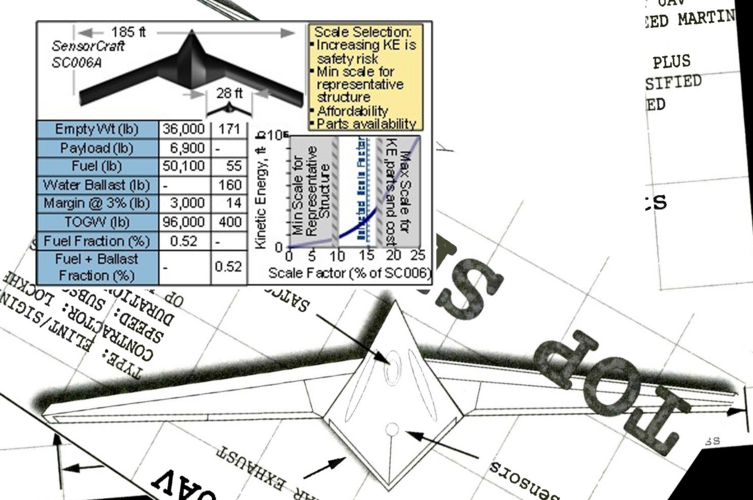- Joined
- 6 August 2007
- Messages
- 3,864
- Reaction score
- 5,815
Dual cycle turboshaft/turbojet engines and propellers? YAY!
The requirement for a 24-hour endurance and low-observability tested the limits of aerospace technology of the day. In 1983 Lockheed and Boeing were selected to develop concepts for the Quartz program. Lockheed's initial design was a giant aircraft with a 267-foot wingspan propelled by two turboshaft engines driving massive 47-foot propellers. The engines were actually dual-cycle turboshaft/turbojet engines, with the engines operating as jets and the two-bladed props locked in horizontal for takeoff and landing. Once at cruise altitude, the engines shifted into turboshaft mode to drive the large props.
Source: International Air Power Review, Volume 15. AIRtime Publishing, 2005, "Focus Aircraft: HALE/MALE Unmanned Air Vehicles Part 1: History of the Endurance UAV" by Bill Sweetman, p63-69.
Exact quote from International Air Power Review is:
Lockheed had unveiled a concept for a giant HALE UAV in 1983. Spanning 267 ft (81.4 m), it would have had an endurance of 24 hours and would have been propelled by 47-ft "turbojet/turboshaft engines' driving immense (14.32-m) diameter two-bladed propellers. The dual-cycle engines were necessary because the propellers would be locked in a horizontal position for take-off and landing.
While it was similar in size to the final Quartz design, it was not yet stealthy. Lockheed and Boeing were selected to develop concepts for Quartz in 1983. Studies and some technology demonstations - possibly including Condor - continued through out the 1980s. The most challenging problems were its size, driven by endurance, range and the need to carry a large payload - some concepts had wingspans of 250 ft (76.2 m) the advanced stealth technology required to survive during long missions over denied airspace, and the consequently enormous cost of the vehicle.




